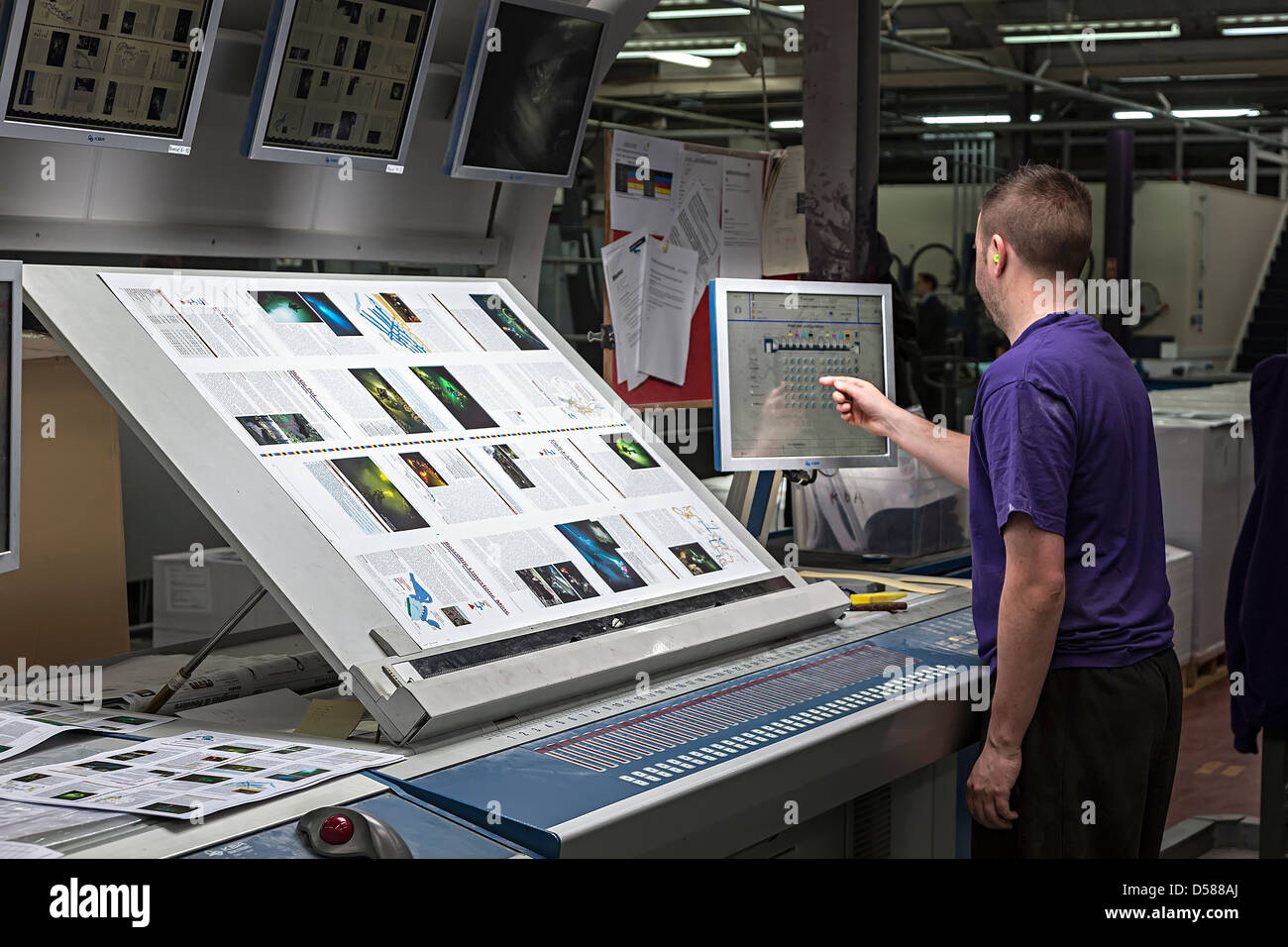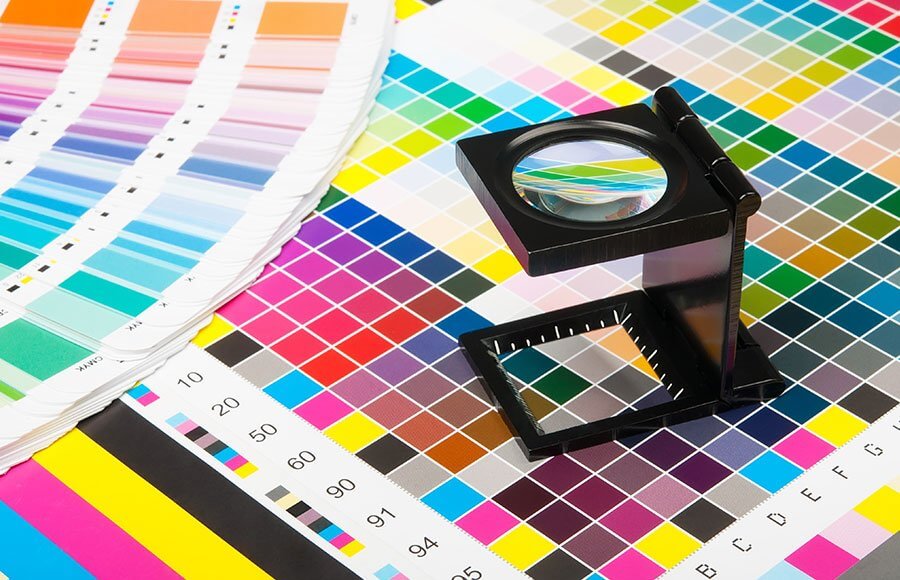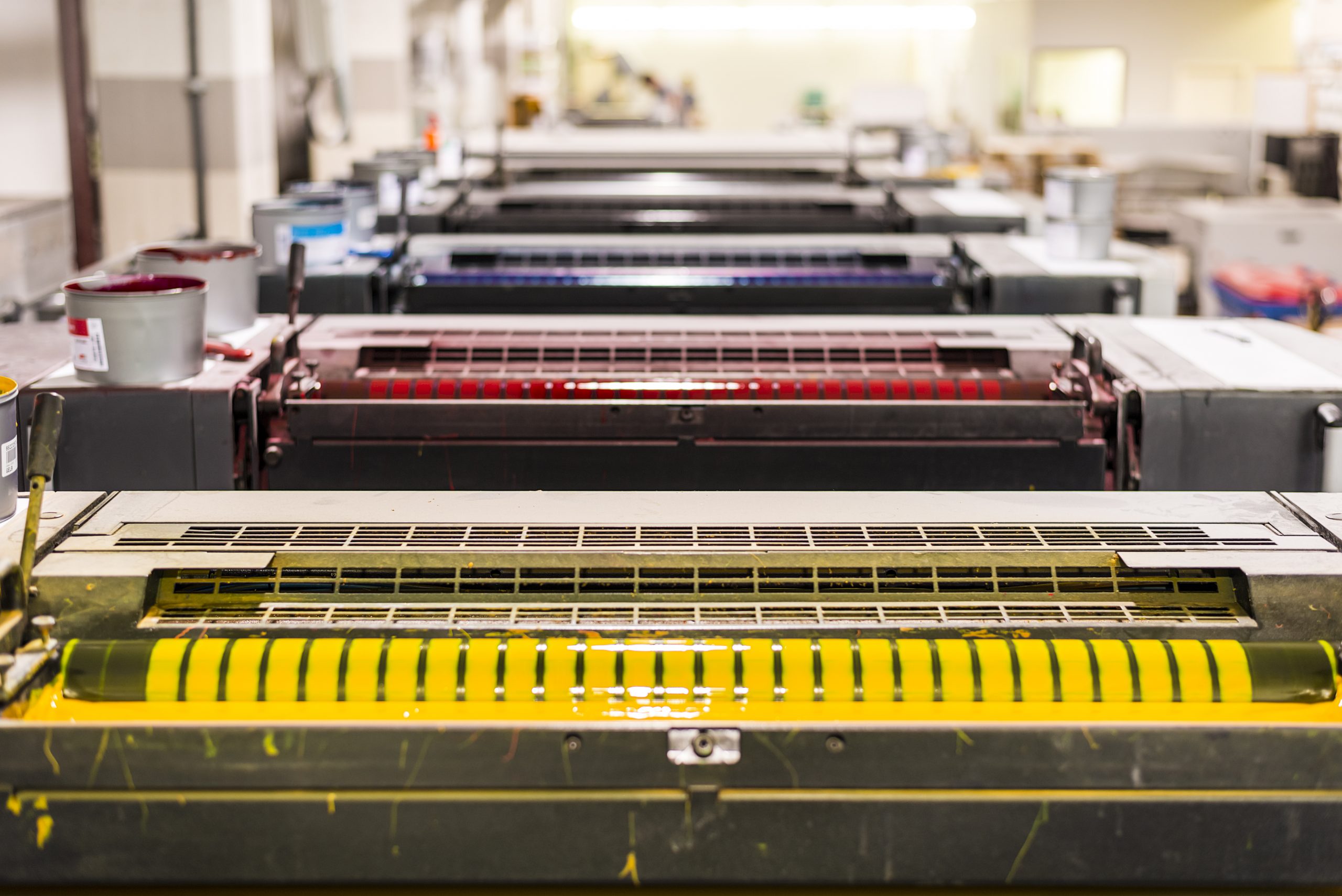Premium litho printing Services for Exceptional Results
Premium litho printing Services for Exceptional Results
Blog Article
A Comprehensive Guide to Comprehending Litho Printing Methods
The globe of litho printing, a strategy stemming from the late 18th century, is a remarkable mix of background, science, art and development. Keep with us as we trip into the captivating world of litho printing.
The Historic Evolution of Litho Printing
The historical trajectory of litho printing, a pivotal technology in the realm of communication, is an exciting tale of human ingenuity. Birthed in the late 18th century by Alois Senefelder, this technique was originally an affordable approach of releasing staged works. Lithography, derived from the Greek words for 'stone' and 'to write', utilized a smooth stone surface to move pictures onto paper. The procedure advanced with the development of the rotary press, which significantly enhanced efficiency (litho printing). In the 20th century, the advancement of balanced out lithography transformed the market, enabling mass production of premium prints. Each stage of litho printing's development showcases humanity's relentless search of effectiveness and quality in aesthetic communication.
Translating the Science Behind Litho Printing Inks
Progressing in the expedition of litho printing methods, the emphasis now shifts to the science behind litho printing inks. The structure of these inks, their drying out process, and color mixing strategies develop the backbone of this complicated art type. Comprehending these aspects is essential to understanding the craft and accomplishing the wanted print results.
Structure of Litho Inks
In lithographic printing, the essential role of litho inks can not be overemphasized. Pigments, the color-providing aspects, are carefully ground particles suspended in the car, a liquid that brings the pigment onto the printing surface. Each element plays a vital component in the final print's quality, making the accurate solution of litho inks a detailed scientific research.
Ink Drying Refine
From the structure of litho inks, focus transforms to the fascinating process of ink drying. The drying out procedure is crucial, as it affects the final print's quality and durability. Two main techniques are used in litho printing: oxidative drying and absorption. Oxidative drying out includes the ink reacting with oxygen airborne to create a tough, completely dry movie. This technique provides a durable surface, but can be slower compared to absorption. Absorption, on the other hand, involves the ink permeating right into the paper fibers, which is a much faster procedure but can cause less dynamic colors. The choice between these techniques depends on variables such as print speed demands, the paper kind utilized, and the wanted coating.
Shade Combining Strategies
While the drying procedure plays a crucial role in litho printing, the science of shade blending methods holds equal value. The scientific research behind litho printing inks additionally takes right into account the openness of the ink, which affects exactly how shades overlay and mix.
The Art and Layout Components in Litho Printing
Litho printing breathes life right into art and style through its distinct elements. Litho printing fits a range of colors, making it possible for musicians to produce vibrant and vivid prints. This combination of precision and flexibility makes litho printing a favored choice for lots of artists and developers.
Modern Applications of Litho Printing Methods
Litho printing strategies have discovered comprehensive usage in the modern-day industrial field. Its impact and value continue to grow with the development of new innovations and innovations in the area. This section will certainly check out these contemporary applications and the transformative duty they play in the printing industry.
Industrial Litho Printing Uses
In today's digital age, one might ask yourself regarding the relevance of conventional printing approaches. Litho printing remains a crucial part of the business field. High-volume printing tasks, such as the production of publications, papers, and packaging, depend on litho printing for its ability to supply superior image high quality and expense performance. The process, which entails transferring an inked image from a plate onto a rubber covering and after that to the printing surface area, supplies unmatched consistency. This makes it optimal for work calling for a big print run. Litho printing likewise offers a broad shade spectrum, above that of digital printing. This makes it the go-to selection for projects that demand dynamic, top quality color recreation.
Advancements in Litho Printing
Pressing the limits of typical methods, contemporary innovations have actually sustained a host of advancements in litho printing. These developments have not just boosted the top quality and effectiveness of visit homepage litho prints yet look what i found likewise increased its application range. One popular development is digital litho printing, which integrates the merits of digital technology with litho's high-grade output. This hybrid version supplies faster arrangement times, minimized waste, and allows on-demand printing. An additional notable innovation is the intro of eco pleasant inks. These inks, made from veggie or soy-based solutions, have dramatically reduced the industry's environmental impact. litho printing. Additionally, the development of advanced plate technology has streamlined the printing procedure, leading to sharper pictures and improved shade fidelity. These technologies emphasize the long-lasting relevance of litho printing in the modern world.
Checking out the Refine of Litho Printing: Detailed

Obstacles and Solutions in Contemporary Litho Printing

Regardless of the accuracy and tradition that litho printing happily promotes, it is not without its set of modern challenges. Digital litho printing enables for affordable brief runs and easy personalization, attending to the problem of variable data. Therefore, while there are obstacles, the litho printing industry is proactively adapting to satisfy them head-on, guaranteeing its significance in the future.
Conclusion
In final thought, litho printing, with its abundant background and clinical details, holds a substantial area in the print market. The future of litho printing pivots on its ability to adapt to these altering demands, verifying its long-lasting value in a developing market.

Report this page